Abstract
Disaster is an event that shapes our future. During a disaster, it affects lives, infrastructures, livestock and produce, and we can only adapt to it. The aim of this study is to analyze disaster awareness and level of compliance to disaster programs of selected individuals in a highly urbanized city in Central Luzon, Philippines. The study made use of a descriptive-correlational design. One hundred five (105) individuals took part in the survey using a convenience-sampling technique. This study used an adapted and modified instrument for the survey. For the statistical treatment, the researcher used SPSS 20 in computing the data gathered. Results show that the respondents are aware of disaster but in terms of level of compliance, they answered moderately complied. In addition, there are significant differences in disaster awareness and level of compliance with disaster programs when grouped according to location and the number of family members. Last, there is a relationship between the locations, disaster awareness and compliance level on disaster programs in the study. Based on the results of the study, the researcher recommended pertinent ideas and concepts for improved compliance with disaster programs.
License
This is an open access article distributed under the Creative Commons Attribution License which permits unrestricted use, distribution, and reproduction in any medium, provided the original work is properly cited.
Article Type: Research Article
AQUADEMIA, Volume 5, Issue 1, 2021, Article No: ep21003
https://doi.org/10.21601/aquademia/9581
Publication date: 17 Jan 2021
Article Views: 6270
Article Downloads: 11944
Open Access References How to cite this article
 Full Text (PDF)
Full Text (PDF)